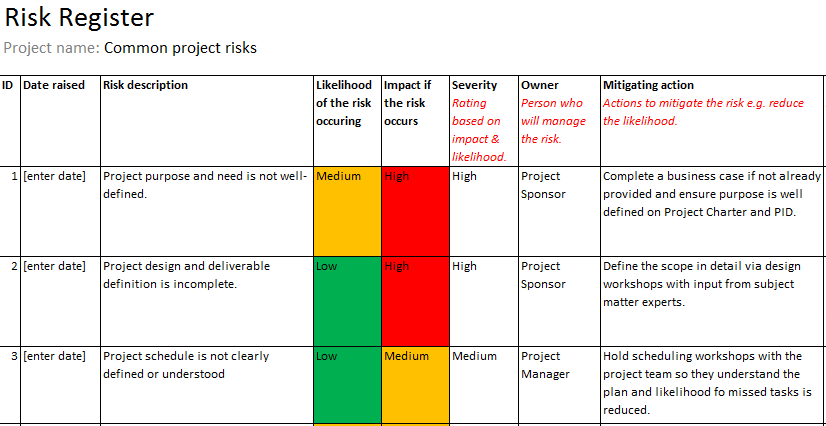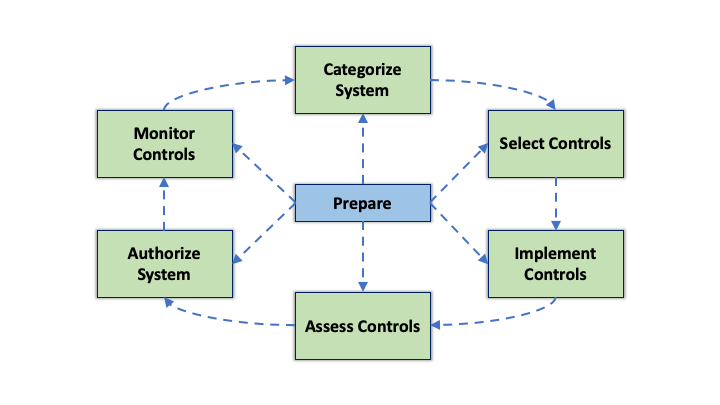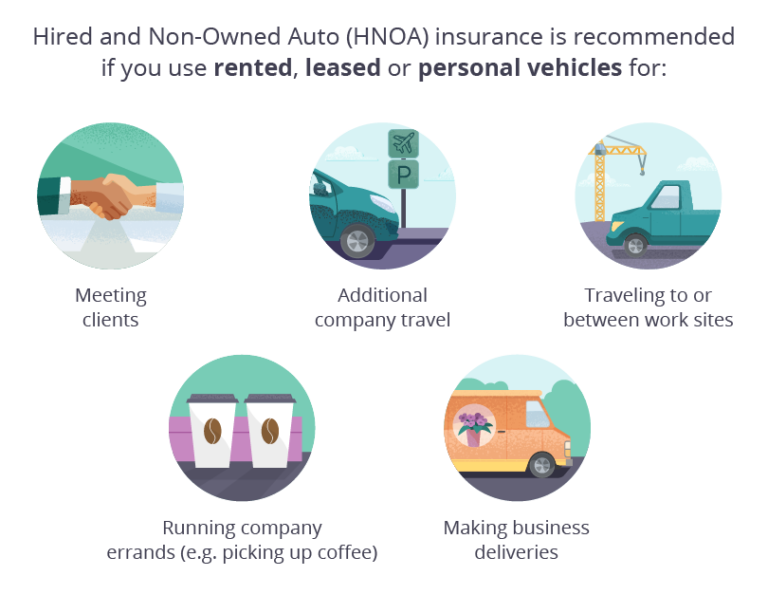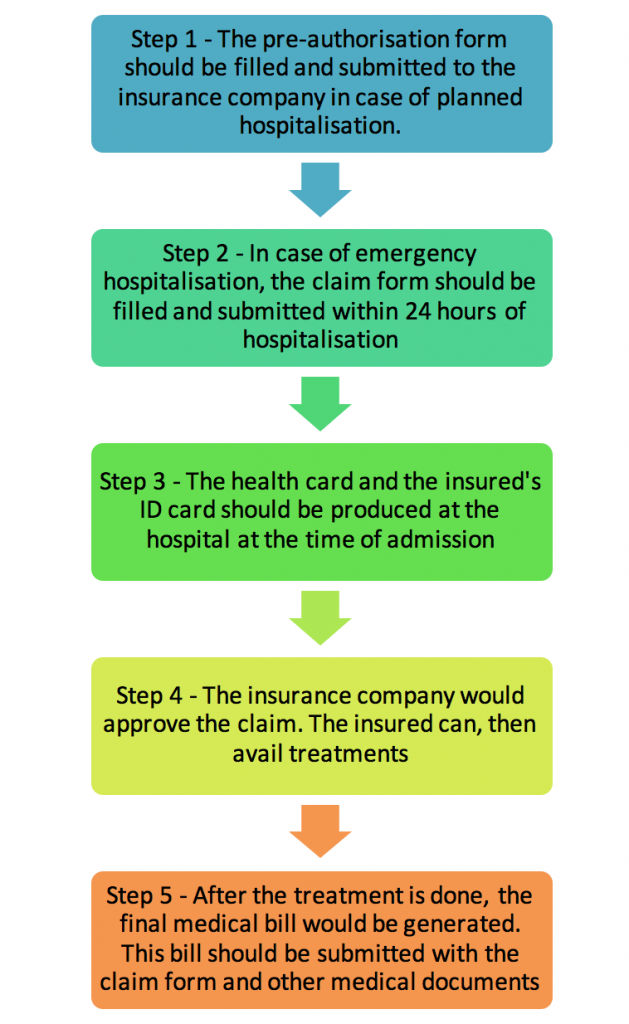What Is Risk Register In Project Management?
The world of project management can be a thrilling rollercoaster ride. It’s a fast-paced environment where you’re constantly juggling deadlines, resources, and budgets. But what happens when unexpected risks come hurtling towards you? That’s where the risk register comes in.
In project management, a risk register is like your trusty sidekick, ready to help you identify, assess, and manage potential risks that could affect your project’s success. Think of it as a master list that keeps track of all the potential hazards and uncertainties that could derail your plans.
But it’s not just about listing the risks; it’s about taking proactive steps to mitigate them. The risk register helps you prioritize and allocate resources to address the most critical threats, ensuring that you’re well-prepared to handle any curveballs that come your way.
So, strap in and get ready to dive deeper into the world of risk registers in project management. We’ll explore how they work, why they’re essential, and how they can make a real difference in the success of your projects. Get ready to take control and minimize those project risks like a superhero!

Understanding the Risk Register in Project Management
The risk register is an essential tool in project management that helps identify, assess, and manage risks throughout the project lifecycle. It serves as a centralized repository for recording and tracking potential risks, their likelihood, impact, and the corresponding mitigation strategies. By maintaining a comprehensive risk register, project managers can proactively address potential threats and take appropriate measures to minimize their impact on project objectives.
What is a Risk Register?
A risk register is a document that outlines all identified risks associated with a project. It provides a structured approach to capture and analyze risks, ensuring that they are appropriately addressed. The register typically includes information such as the risk description, potential impact, likelihood of occurrence, risk owner, and proposed risk response strategies. It serves as a valuable reference tool for project teams and stakeholders to understand the current risk landscape and make informed decisions.
In addition to capturing risks, the register also tracks the status of each risk, including any actions taken to mitigate or transfer the risk. This ongoing monitoring helps project managers stay proactive and responsive to emerging risks, ensuring that they are managed effectively throughout the project’s lifecycle.
The Importance of a Risk Register
A risk register plays a crucial role in project management by providing a systematic approach to identify, assess, and manage risks. Here are some key reasons why a risk register is essential:
1. Risk Identification: The risk register helps project teams identify potential risks that may impact the project’s success. By documenting these risks, project managers can ensure that they are not overlooked or underestimated during the planning and execution phases.
2. Risk Assessment: With a risk register in place, project teams can assess the severity and likelihood of each identified risk. This assessment allows them to prioritize risks based on their potential impact and allocate resources accordingly.
3. Risk Response Planning: The risk register facilitates the development of appropriate risk response strategies. By analyzing each risk’s potential impact and likelihood, project managers can determine the most effective ways to mitigate, transfer, or accept the risks.
4. Risk Communication: The risk register serves as a communication tool, enabling project managers to share the identified risks and corresponding mitigation strategies with stakeholders. This transparency fosters collaboration and ensures that all parties are aware of potential threats and their potential consequences.
5. Risk Monitoring and Control: The risk register provides a framework for ongoing risk monitoring and control. By regularly reviewing and updating the register, project teams can track the effectiveness of risk mitigation measures and identify any new risks that may arise during the project’s execution.
Components of a Risk Register
A well-structured risk register typically consists of several key components. These components ensure that all relevant information is captured and organized effectively. Here are the main components of a risk register:
1. Risk Description: Each identified risk should be clearly described to provide a comprehensive understanding of the potential threat.
2. Risk Owner: Assigning a risk owner is crucial to ensure accountability and facilitate effective risk management. The risk owner is responsible for overseeing the risk and implementing the appropriate response strategies.
3. Likelihood: Assessing the likelihood of a risk occurring helps project teams prioritize and allocate resources accordingly. The likelihood can be categorized using qualitative or quantitative scales.
4. Impact: Evaluating the potential impact of a risk on the project’s objectives helps determine the severity of the risk. The impact can be assessed based on various criteria, such as cost, schedule, quality, and stakeholder satisfaction.
5. Risk Response Strategies: For each identified risk, project managers should outline the corresponding response strategy. This could involve risk mitigation, risk transfer, risk acceptance, or a combination of these approaches.
6. Risk Status: The risk status indicates the current state of the risk. It should be regularly updated to reflect any changes in the risk’s likelihood, impact, or response strategy.
7. Risk Monitoring and Review: Establishing a schedule for reviewing and monitoring the identified risks ensures that they are continuously managed throughout the project’s lifecycle.
In conclusion, the risk register is a vital tool in project management that helps identify, assess, and manage risks. By maintaining a comprehensive and well-structured risk register, project teams can proactively address potential threats and minimize their impact on project objectives. It serves as a communication tool, promotes collaboration, and enables effective risk monitoring and control. Incorporating a risk register into project management processes enhances the overall project success and ensures stakeholders’ confidence in the project’s outcome.
Key Takeaways: What is a Risk Register in Project Management?
- A risk register is a document that helps project managers identify, assess, and manage risks in a project.
- It is like a diary that keeps track of potential problems that may occur during a project.
- Each risk entry includes a description, likelihood, impact, and a plan of action to mitigate the risk.
- The risk register helps project teams stay proactive and prepared for potential risks.
- Regularly updating and reviewing the risk register is essential to ensure the project’s success.
Frequently Asked Questions
What is the purpose of a risk register in project management?
A risk register is a valuable tool in project management that helps identify, assess, and manage potential risks that may impact the success of a project. Its purpose is to provide a structured approach to risk management, allowing project managers to proactively address and mitigate risks throughout the project lifecycle.
The risk register serves as a central repository for all identified risks, capturing essential information such as the nature of the risk, its potential impact, and the actions required to manage or mitigate it. By maintaining a comprehensive record of risks, project managers can effectively monitor and control potential threats, making informed decisions to minimize their impact on project objectives.
How is a risk register created in project management?
Creating a risk register involves a systematic process of identifying, evaluating, and documenting risks. The first step is to brainstorm potential risks with the project team, considering internal and external factors that may affect the project’s success. These risks are then assessed based on their likelihood of occurrence and potential impact.
Once risks are identified and assessed, they are recorded in the risk register along with relevant details such as the risk description, category, priority, and assigned owner. Additional information, such as risk triggers, potential consequences, and recommended responses, may also be included. The risk register should be regularly reviewed and updated throughout the project, reflecting any changes in the risk landscape.
What are the benefits of maintaining a risk register?
Maintaining a risk register offers several benefits to project management. Firstly, it helps project managers proactively identify and assess potential risks, enabling them to develop appropriate strategies to minimize their impact. By having a comprehensive record of risks, project teams can prioritize their efforts and allocate resources effectively.
Furthermore, a risk register promotes transparency and communication within the project team and stakeholders. It provides a common understanding of the risks involved, allowing for informed decision-making and collaborative problem-solving. By continuously monitoring and updating the risk register, project managers can stay ahead of potential issues, ensuring project success and stakeholder satisfaction.
How does a risk register support risk management in projects?
A risk register serves as a fundamental tool for risk management in projects. It provides a structured framework to identify and analyze risks, allowing project managers to take proactive measures to mitigate or eliminate potential threats. By maintaining a comprehensive record of risks, project teams can systematically assess the likelihood and impact of each risk, enabling them to allocate resources and develop appropriate risk response strategies.
The risk register also facilitates ongoing monitoring and control of risks throughout the project lifecycle. Project managers can track the status of identified risks, monitor their triggers, and implement predefined response plans when necessary. Regularly reviewing and updating the risk register ensures that project teams stay vigilant and responsive to changing risk scenarios, thus enhancing the overall risk management process.
How can a risk register contribute to project success?
A well-maintained risk register can significantly contribute to project success by enabling effective risk management. By identifying and assessing potential risks early on, project teams can take proactive measures to avoid or mitigate their impact. This helps in minimizing project delays, cost overruns, and other negative consequences that may hinder project success.
Moreover, a risk register promotes transparency and accountability within the project team. By documenting risks and their associated mitigation strategies, project managers can ensure that all team members are aware of the potential risks and their responsibilities in managing them. This fosters a collaborative and proactive approach to risk management, increasing the likelihood of project success.

A Project Manager’s Guide to Creating a Risk Register
Final Summary: Understanding the Risk Register in Project Management
So, you’ve embarked on a project, and now you find yourself facing a myriad of potential risks. But fear not! The risk register is here to save the day. In project management, a risk register is like a superhero’s trusty sidekick, keeping track of all the risks that could swoop in and derail your project. It’s a vital tool that helps you identify, assess, and manage risks, ensuring a smoother journey towards project success.
Imagine the risk register as a safety net, catching all those pesky risks before they have a chance to wreak havoc. It’s like having a crystal ball that allows you to foresee potential obstacles and take proactive measures to mitigate them. From financial uncertainties to unforeseen delays, the risk register keeps a watchful eye on all the potential pitfalls that could lurk in the shadows.
With the risk register in hand, you can confidently navigate through the project landscape, armed with knowledge and preparedness. By capturing and documenting risks, you can prioritize them based on their potential impact and likelihood of occurrence. This helps you allocate resources effectively, implement contingency plans, and make informed decisions that keep your project on track.
In a nutshell, the risk register is your project’s guardian angel, ensuring that you’re equipped to handle any curveballs that come your way. So, embrace this powerful tool, and let it guide you towards smoother project management waters. With the risk register









